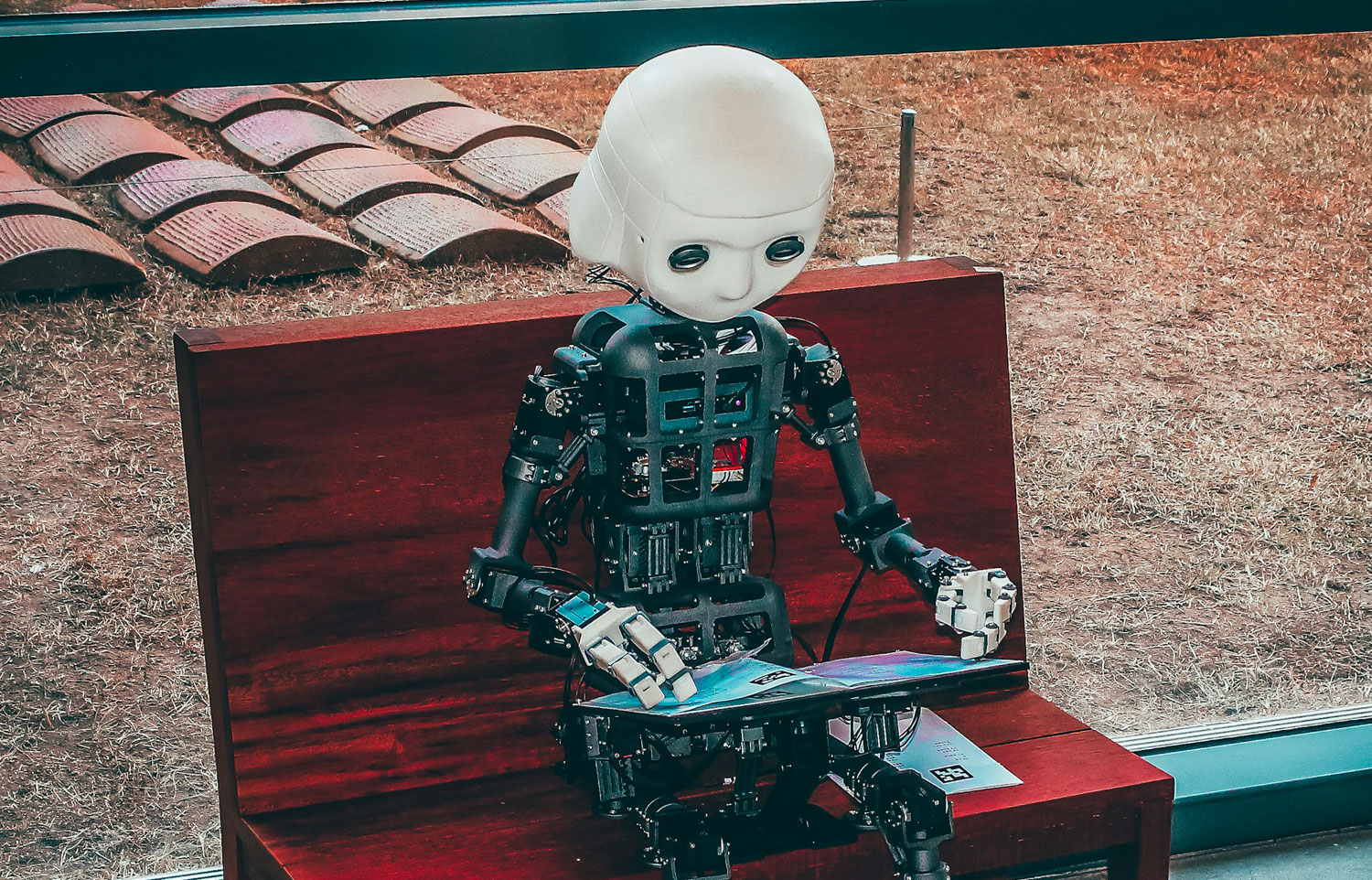In the course of their many daily missions, trainers face a number of challenges, not least that of effectively structuring their learning paths to meet the various criteria of training standards and the different needs of their learners. All these missions, made up of multiple tasks, are often time-consuming. Each of them requires in-depth reflection, careful design, several iterations of testing and fine-tuning, and so on.
Today, the use of artificial intelligence technologies, such as image, text or audio generative systems, offers trainers considerable support. Some trainers have found their assistant, others their trainee. These aids help to overcome the workload quite effectively.
Since its introduction to the general public, and with the launch of generative AI subscription offers, there has been a noticeable change. Users in the training field largely agree on one point. After perfectly setting up their AI and training to get the best results, they see a significant improvement. Their assistants or trainees manage to considerably reduce the time spent on administrative tasks, course design and content creation. This optimization translates into a significant increase in trainer productivity.
Want to find out more about the use of AI in training?
Register for our webinar "Artificial Intelligence as a trainer's assistant" on March 22 at 2pm.
Generative AIs save trainers and instructional designers a considerable amount of time. Generative AIs can produce a wide variety of educational content, including text, images and even video, from simple guidelines. This enables trainers to rapidly create rich and varied learning resources. AIs are able to evaluate learners' work and provide personalized feedback. From text, audio or video documents, these same generative AIs can create comprehension questions or summaries.
Let's take the example of a political science trainer who wants to develop a course on liberal democracies and authoritarian regimes.
Thanks to generative AI tools, it can now create textual content that describes the characteristics of each system, drawing on up-to-date databases and reliable academic sources. AI also helps generate interactive case studies where learners can explore the consequences of different government policies through simulations.
For homework, the AI can help assess learners' essays based on predefined criteria (clarity of argumentation, relevance of examples used, etc.) and provide constructive feedback. The trainer can also ask his AI assistant to generate personalized quizzes for each learner based on their individual progress in the course.
The same trainer can again use his AI assistant to transcribe and summarize parliamentary debates or political speeches, offering learners additional resources for analyzing the language and communication strategies of politicians.
In the academic field, generative AI can help researchers and students rapidly synthesize large quantities of scientific literature, generate research hypotheses, or even write drafts of articles.
Generative AIs can therefore stimulate creativity and innovation by proposing ideas, concepts or designs that might not have been considered by humans. But that's not all: generative AIs can improve the accessibility of training content by generating, for example, transcriptions for videos or audio descriptions for images. They can create interactive and immersive learning experiences. For example, they can generate dialogues with virtual characters. And they can also analyze learners' interactions with course material to identify trends, common difficulties or interests.
Beyond saving time, generative AIs increase productivity and reduce the costs associated with producing and updating courses. Generative AIs enable trainers to quickly test different pedagogical approaches or content formats to see what works best, thanks to AI's ability to rapidly generate new versions of course material.
In short, generative AI offers much more than just time savings and personalization. They open the door to more creative, interactive and effective teaching methods, while reducing barriers to access and promoting continuous improvement in pedagogical practices.
Want to find out more about the use of AI in training?
Register for our webinar "Artificial Intelligence as a trainer's assistant" on March 22 at 2pm.



